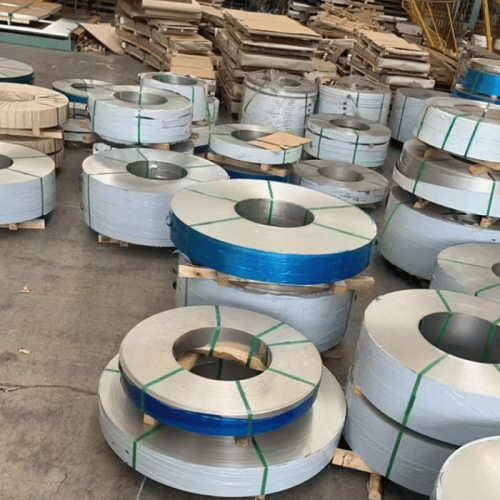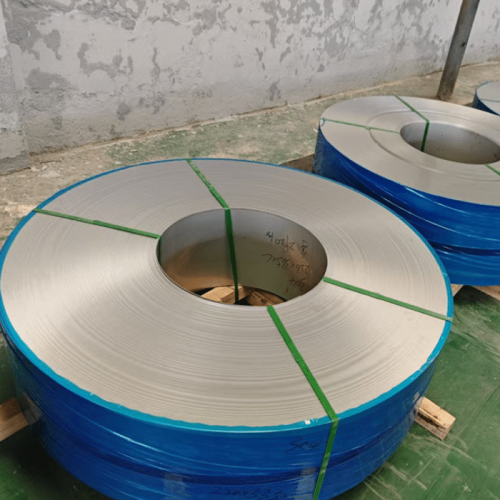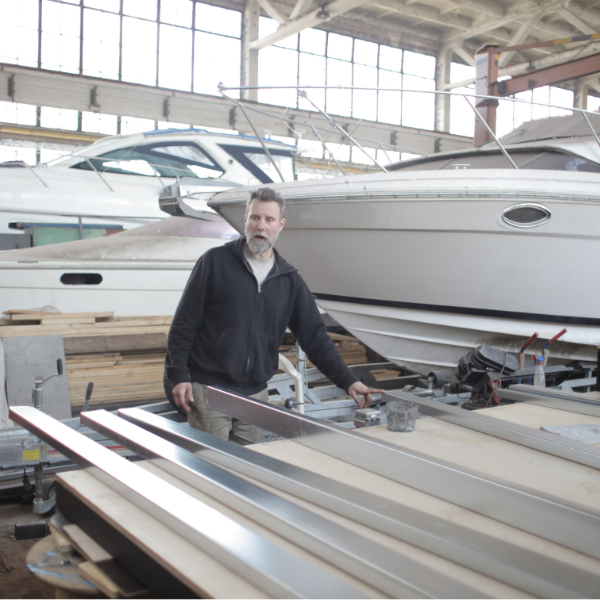Get in touch with us
Leave a message



The 316L stainless steel strip is a low-carbon, austenitic stainless steel renowned for its superior corrosion resistance, weldability, and versatility across various applications. Produced by leading manufacturers in China, the 316L stainless steel strip is widely used in industries like marine, medical, and chemical processing thanks to its durability and ability to withstand corrosive media. Whether you need a 316L stainless steel strip roll or 316L hot rolled steel strip, this product offers exceptional performance for both structural and industrial applications.
Are you looking to purchase a 316L stainless steel strip? Contact our China manufacturer for a customized quote. Pricing for 316L ss strip, including options like 316L ss roll, 316L stainless strips, and 316L cold rolled steel strip, varies based on thickness, width, and surface finish. Contact sales for competitive pricing and bulk order terms on 316L stainless steel metal strips.
Here’s a detailed breakdown of the technical specs for 316L ss strip:
These specifications ensure precision for applications requiring 316L ss strips or 316L stainless strips in various tempers and finishes.
The 316L ss strip is highly versatile, serving multiple industries and uses:
| Element | Percentage (%) |
|---|---|
| Chromium (Cr) | 16.0–18.0 |
| Nickel (Ni) | 10.0–14.0 |
| Molybdenum (Mo) | 2.0–3.0 |
| Carbon (C) | ≤0.03 |
| Silicon (Si) | ≤0.75 |
| Manganese (Mn) | ≤2.0 |
| Phosphorus (P) | ≤0.045 |
| Sulfur (S) | ≤0.030 |
| Iron (Fe) | Balance |
| Property | Value |
|---|---|
| Tensile Strength | 485–620 MPa |
| Yield Strength | 170–310 MPa |
| Elongation | 40–60% |
| Hardness (Brinell) | ≤217 HBW |
| Hardness (Rockwell B) | ≤95 HRB |
| Modulus of Elasticity | 193 GPa |
The 316L ss strip offers superior resistance to:
While versatile, 316L ss strip has some constraints:
| Environment | Corrosion Rate |
|---|---|
| Atmospheric Corrosion (Rural) | <0.001 mm/year |
| Atmospheric Corrosion (Urban) | <0.001 mm/year |
| Atmospheric Corrosion (Marine) | 0.001–0.005 mm/year |
| Fresh Water | <0.001 mm/year |
| Salt Water | 0.002–0.01 mm/year |
| Mild Organic Acids | <0.001 mm/year |
| Strong Acids | 0.005–0.05 mm/year (varies) |
| Alkaline Solutions | <0.001 mm/year |
| Chlorinated Water | 0.002–0.01 mm/year |
| Intergranular Corrosion | Negligible |
| Biofuel Liquefaction | 0.005 mm/year (at 250°C) |
| Biofuel Liquefaction | 0.01 mm/year (at 250°C) |
| Salivary Solution | Not specified |
Contact us for detailed corrosion resistance data specific to your application.

The 316L ss strip from this China manufacturer is perfect for our boat fittings. Its corrosion resistance in saltwater is outstanding!
James P.
Marine Engineer

We used the 316L stainless strips for surgical instruments, and the quality is exceptional. Weldability and hygiene are top-notch.
Lisa M.
Medical Supplier

Our 316L ss strip roll performs reliably in our reactors. The factory’s service and pricing are impressive.
Mark R.
Chemical Plant Manager
A: 316L ss strip has a lower carbon content (≤0.03%) than 316 (≤0.08%), improving weldability and resistance to intergranular corrosion, making it ideal for 316L ss strip in welding-heavy applications.
A: It’s perfect for marine, medical, and chemical processing applications. Avoid extreme chloride or high-temperature environments for ss 316L strip without proper treatment to prevent corrosion.
A: Pricing varies by thickness, finish, and volume. Contact our China manufacturer at sales for a quote on 316L ss strip price or 316L ss strip roll options.
A: Yes, but it’s best for moderate chloride conditions (up to 1000 mg/L at ambient temperatures). In warm seawater, use protective coatings to prevent pitting of 316L ss strips.
A: Yes, 316L hot rolled steel strip welds well with TIG or MIG using 316L/308L fillers, with no need for post-weld annealing, ensuring strong joints for 316L stainless steel strip applications.

Professional manufacturer of premium specialty alloys, offering stainless steel, Hastelloy, nickel-based alloys and processing services. Delivering superior metallurgical solutions for aerospace, petrochemical, marine engineering and other demanding industries.
©2025 alloy-materials.com COPYRIGHT ALL RIGHT RESERVED.